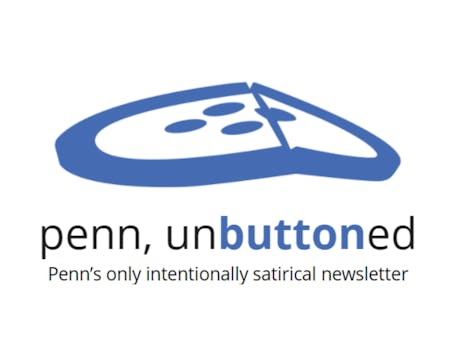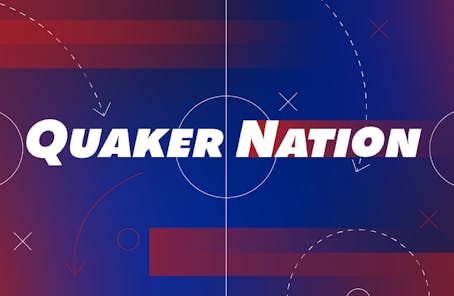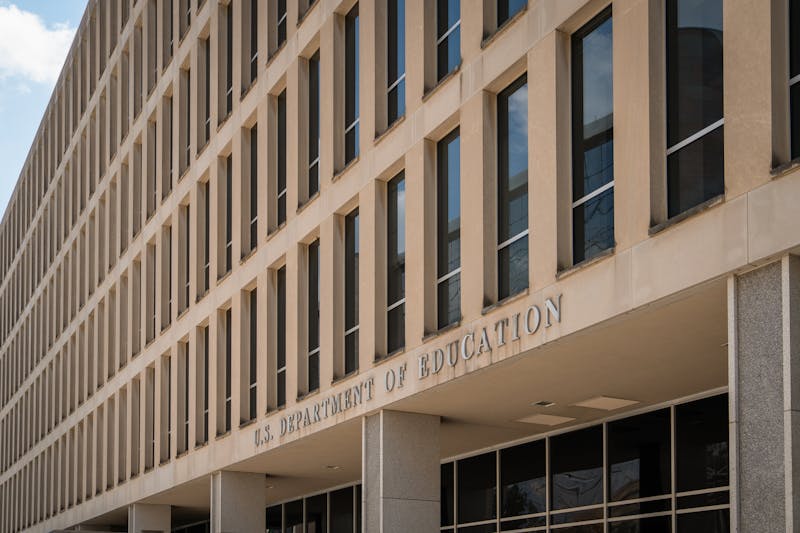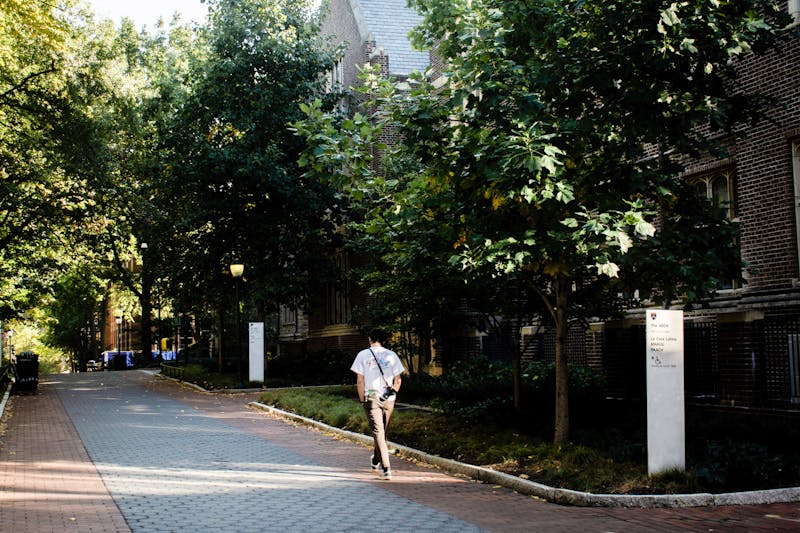
When the clock expired at Ohio Stadium in last November's Ohio State-Michigan game, Buckeyes fans rushed the field and attempted to tear down the south goalpost to celebrate securing a place in the Bowl Championship Series title game.
This mob, however, began to tear up the turf on the field when they faced a barrage of pepper spray from authorities and were unable to take the uprights down.
That night, a celebratory riot ensued on the streets of Columbus, costing the city almost $125,000 in overtime police pay.
While this scale of riot may be the exception to the rule, all too often lately in college sports -- especially football and basketball -- there have been unsafe fan celebrations.
The NCAA has decided to do something about this, releasing on Sept. 16 a 16-page Report on the Sportsmanship and Fan Behavior Summit -- the findings from an NCAA Feb. 20, 2003 meeting in Dallas on properly managing unruly spectators.
"It was prompted by the fact that in the later part of November, in one weekend, we had a series of eruptions around the country, highlighted -- or should I say lowlighted -- by what happened in Ohio," Chair of the summit and Georgia Athletic Director Vince Dooley said.
The Ohio State incident was used as the case study at the meeting of NCAA officials -- as well as social psychologists, conference delegates, law enforcement experts and attorneys. The Ivy League also sent a representative who voiced the Ancient Eight's concerns.
"Our athletic administrators have become more concerned with fan behavior," conference delegate and Ivy League Associate Director Chuck Yrigoyen said. "We've had some reports of some incidents at our contests in recent years. Clearly they don't compare to the scale of the riots at Ohio State."
The NCAA doesn't have the power to impose rulings on schools, yet the report suggests several methods that institutions should consider in order to promote safety. These include home teams providing liaisons for visiting schools and not allowing winning visiting teams to return to the field to celebrate with fans.
Penn Legal Studies Professor Scott Rosner suggests that not only do these celebrations create safety problems for the school, they also pose enormous legal problems.
He explained how the property owner is ultimately responsible for the safety of its fans.
"The facility operator must keep users and spectators safe during their use of the premises," Rosner wrote in an e-mail.
Merrill Melnick, a social psychologist at SUNY Brockport who spoke at the convention, said that the biggest problem that contributes to fan misbehavior is viewing the visiting team as an enemy.
"If you totally distort the importance of the game, if the game is made to seem like a life or death situation, then you can understand the euphoria that follows a win," he said. "Osama bin Laden is your enemy, not the visiting team.
"When you invite someone to your house, they deserve a specific type of behavior."
Melnick said that alcohol is also an "inflammatory agent" contributing to the problem.
Perhaps the biggest discussion of the conference, however, was the destruction of goalposts by many colleges after big wins. It is a tradition at Penn after the football team wins an Ivy League title.
Penn Athletic Director Steve Bilsky noted that while tradition is important, "Safety has to be paramount."
Melnick said that it is very hard to stop fans from participating in such traditions.
"Somehow it's worked its way into the culture of the sport," he said. "Clearly there's something embedded in college football that says it's OK.
"The emotional psychological high must be enormous when it comes down for those that are brave enough to get up there. I don't know how one can get the genie back in the bottle."
Just last weekend, for example, two students were injured in Toledo, Ohio, after uprooting the goalposts following Toledo's upset of Pittsburgh.
"The problem is that -- while certainly cost is an issue -- much more of a concern is that they can really hurt people," Yrigoyen said.
The report suggested two types of goalposts that would minimize injury. Washington State has "H-shaped" goalposts that cannot be torn down, while schools like Iowa have collapsible uprights that can be taken down by the school before fans can reach them.
"Both types still pose problems," Rosner said, noting that the indestructible goalpost can create dangerous situations. While a student cannot be injured by a falling goalpost, he can be hurt falling from atop the uprights as he attempts to bring them down.
"The safest situation is to simply not let fans on the field," Rosner added.
The Ivy League has taken several steps since February's summit to examine fan behavior and sportsmanship more closely.
In May, Ivy athletic directors met to discuss the issue of sportsmanship in general. Last week, the league also had a meeting of school marching bands to discuss how they can promote better sportsmanship. There are also hopes of discussions with the Ivy League Student Athlete Advisory Committee and league coaches on the topic.
"This is a fact-finding and conversations year," Yrigoyen said. "I hope we can come back with something for the 2004-2005 year."
Bilsky said that this report did not cause Penn to look at crowd control for the first time.
"Because we've had enthusiastic crowds for years and years, what we're being asked to do, we've been doing for years and years," he said. "We're way ahead of the curve here."
The Daily Pennsylvanian is an independent, student-run newspaper. Please consider making a donation to support the coverage that shapes the University. Your generosity ensures a future of strong journalism at Penn.
DonatePlease note All comments are eligible for publication in The Daily Pennsylvanian.








